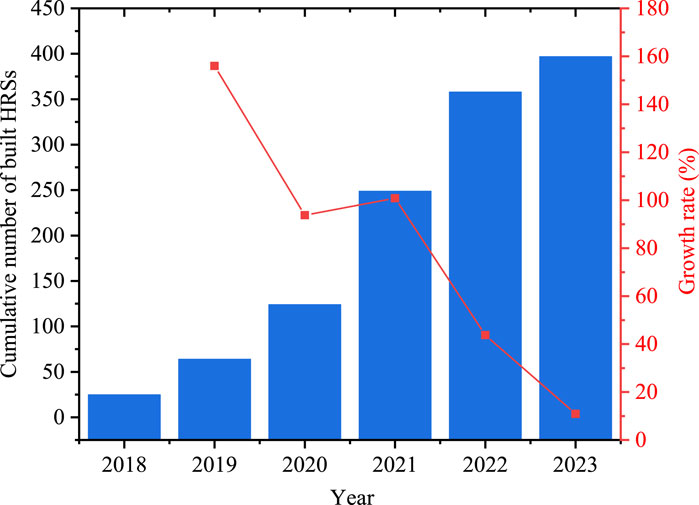The Rising Tide of Hydrogen: China's Push for a Green Future
Key Ideas
- China's focus on hydrogen energy is evident through policy developments and rapid infrastructure growth.
- The country aims to produce a substantial amount of hydrogen to support low-carbon and green energy goals by 2060.
- The establishment of liquid hydrogen refueling stations signifies progress in energy density, cost efficiency, and purity of storage.
- Despite challenges, China's adoption of national standards for liquid hydrogen showcases commitment to advancing hydrogen applications.
Hydrogen has gained significant traction as a renewable energy source and fuel, particularly in fuel cell vehicles. China's accelerated development of hydrogen refueling stations reflects the global interest in hydrogen. With the highest mass-energy density, hydrogen presents itself as a promising solution for clean energy. The country's hydrogen policies, outlined in the 2021-2035 plan, emphasize its strategic importance in achieving low-carbon goals. China aims to produce millions of tons of hydrogen annually, paving the way for substantial growth in hydrogen fuel cell-driven vehicles. The establishment of 264 hydrogen refueling stations in China by 2022 highlights the nation's commitment to infrastructure development. Notably, the introduction of liquid hydrogen refueling stations showcases advancements in energy density and storage purity. Despite challenges in the liquid hydrogen industry, China has taken steps to address technical support and standardization through the release of national standards. Safety remains a critical concern, given the challenges in detecting hydrogen leaks. The focus on safety measures and risk assessment indicates a proactive approach to ensuring the safe integration of hydrogen energy in China's energy landscape.
Topics
Production
Renewable Energy
Green Transformation
Infrastructure Development
Safety Measures
Fuel Cell Vehicles
Hydrogen Policy
Energy Density
National Standards
Latest News
